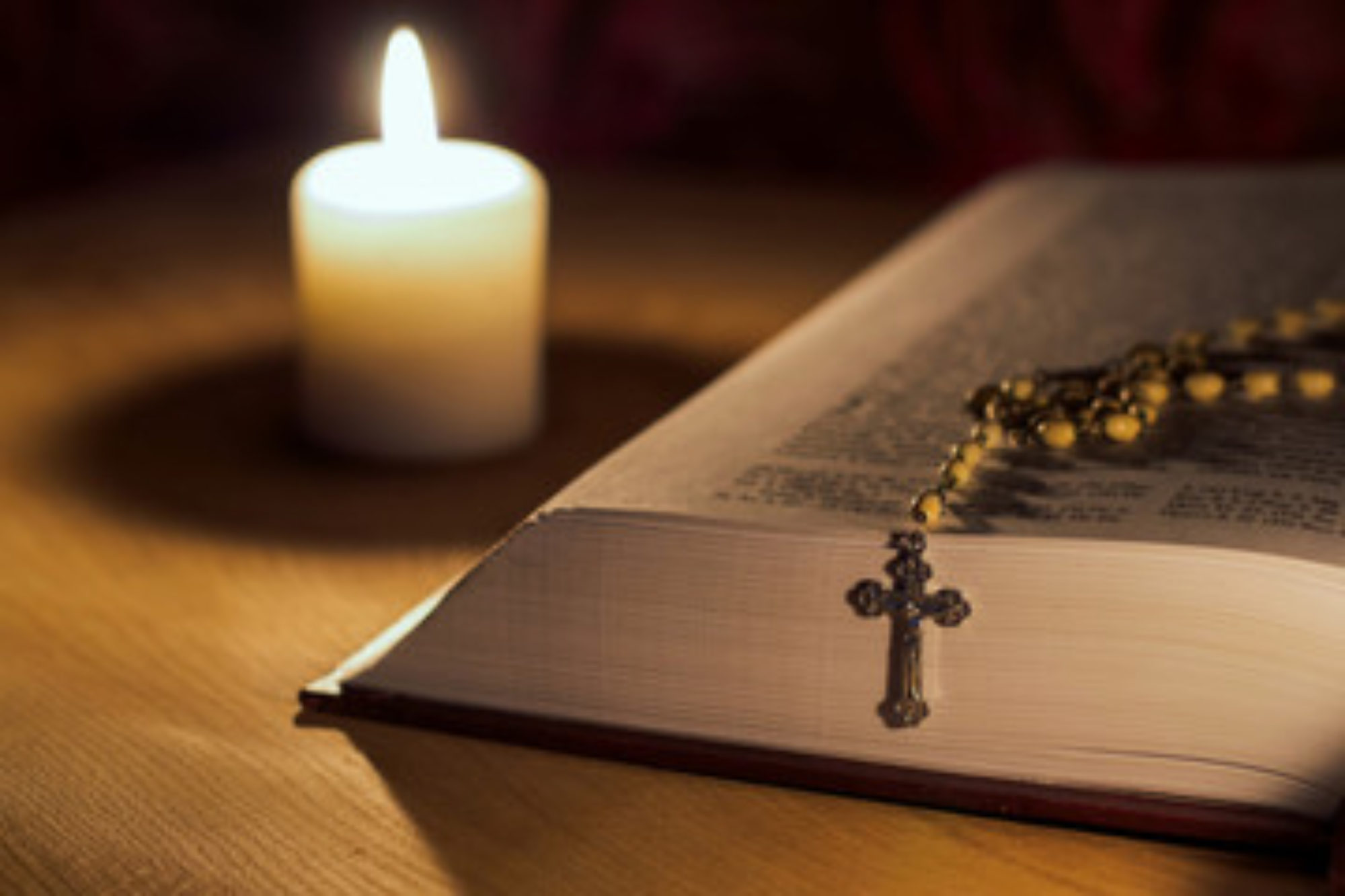Podcast: Play in new window | Download
Mass Readings
Third Sunday of Advent
Reading 1 – Zephaniah 3:14-18A
Psalm – Isaiah 12:2-3, 4, 5-6
Reading 2 – Philippians 4:4-7
Gospel – Luke 3:10-18
Happy Gaudete Sunday!
Today is a day of great joy for the Christian community because we celebrate hope. That’s what the Good News is all about really – hope. The Church sets aside this Sunday as a break from all the preparation we’ve been doing in our lives – praying, paying careful attention to go to mass, to participate in the sacraments especially confession, and to focus on others and not ourselves. This Sunday reminds us that we are not doing all of those spiritual exercises because we are a dull, boring people. No! We are a people who hope for the promises God fulfilled in Christ Jesus who will come again! We are a people who are looking forward to a better tomorrow. So we light a pink candle today – a visual break in the color scheme of Advent – to remind us that we look forward with great hope.
Indeed, that’s what today’s readings are all about.
In our first reading, the prophet Zephaniah tells us to shout for joy (v)! We should not fear or be discouraged (v 14-15). Our Psalmist encourages us to, “Cry out with joy and gladness: for among you is the great and Holy One of Israel,” (v 6). And Paul encourages us to, “Rejoice in the Lord always,” (v 4).
John the Baptist tells us in today’s Gospel that Jesus will come to baptize us with fire (v 16). He will set this world on fire with love. So, we look forward with hope and joy, yes, but John the Baptist tells that we should express our hope and joy by helping the needy.
In “The Lord of the Rings,” the character Gollum covets and clings to his treasure. He’s been corrupted by the “One Ring” and will do anything to protect it. It’s easy to read that story or watch the movie, giggle and shake our heads at Gollum. It’s a fiction after all. But what do we as a culture say when we cry out things like, “It’s their own fault,” or “They should take care of themselves,” or “Using taxes to fund programs to help people is socialism.”
Being filled with Christian hope, being filled with the love of Jesus Christ is not an emotion. It’s a lifestyle. To be a disciple of Jesus is the real lifestyle makeover.
Fr Richard Rohr once said, “Christianity is a lifestyle – a way of being in the world that is simple, non-violent, shared and loving. However, we made it into an established “religion” (and all that goes with that) and avoided the lifestyle change itself. One could be warlike, greedy, racist, selfish, and vain in most of Christian history, and still believe that Jesus is one’s “personal Lord and Savior” . . . The world has no time for such silliness anymore. The suffering on Earth is too great.”
Homework: Hopefully you’ve had a chance to go to mass today. Even if you cannot receive the Eucharist for whatever reason, we can all avail ourselves of God’s grace by coming together as a community and be nourished by the Word of God proclaimed. Let’s reflect on the following two questions:
- Do I live a life of hope and joy? Or do I let any piece of negative news ruin my day?
- Do I share my hope with others by sharing the blessings I have received?
Hopefully that makes sense. So are you going to do your homework? Well good!
You can find a copy of today’s podcast and other helpful information on the website, www.deaconrudysnotes.org. The link will appear in the notes on your podcast player, but here’s the link just in case, here it is again: www.deaconrudysnotes.org.
May each of us come to experience the hope and the joy of Jesus Christ. In the name of the Father, and of the Son and of the Holy Spirit. +Amen!



